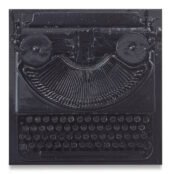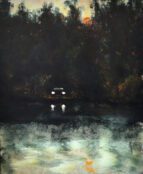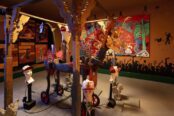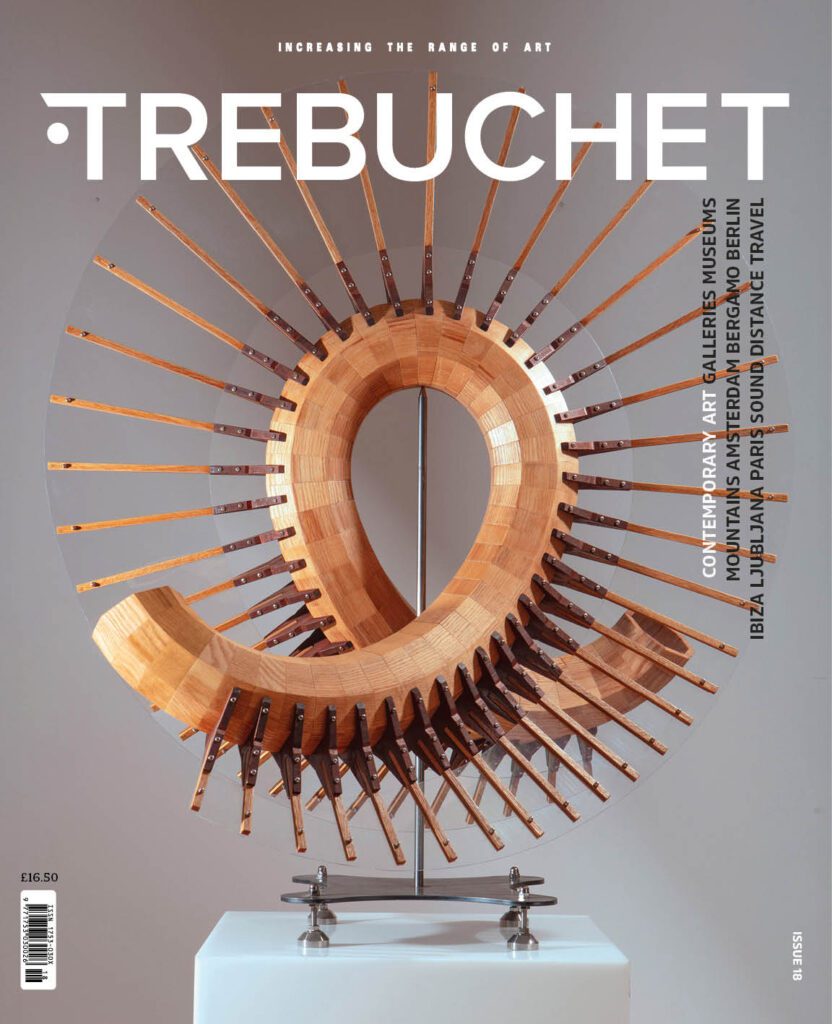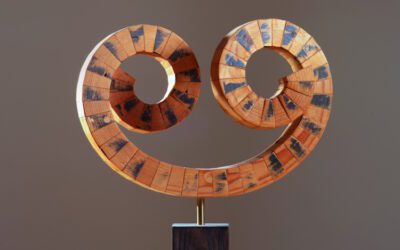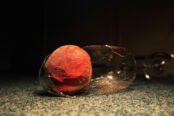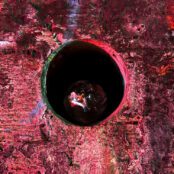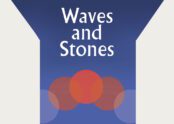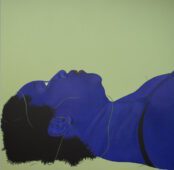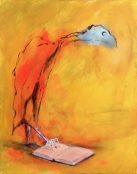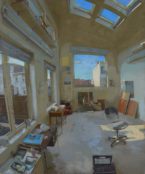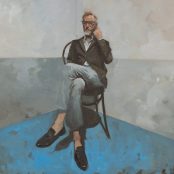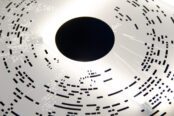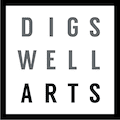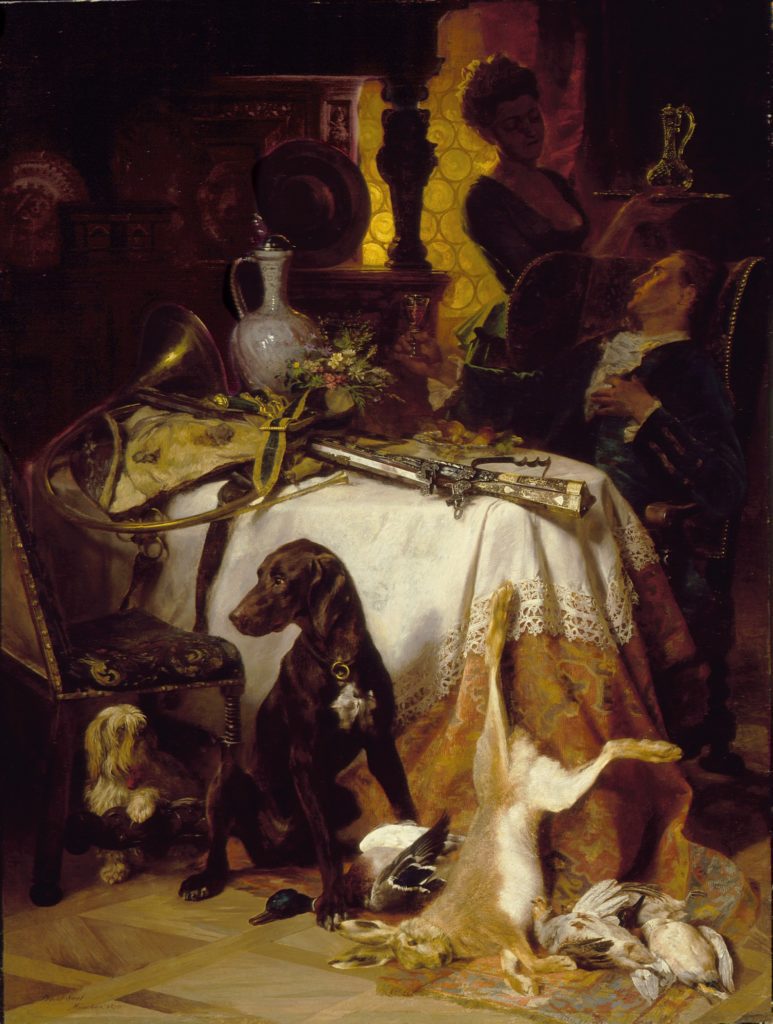A retrospective of this underrated Basel artist the exhibition shows works from across her career highlighting the emotional realism of bohemian femininity. Irène Zurkinden (1909–1987) for much of her life lived between her chosen home of Paris and the town of her birth, Basel. Her work tells a story of both cities through her eyes, her friends, her life and the cities themselves – all characters constantly changing within their times.
Irène Zurkinden: Love, Life – Exhibition notes:
Basel – The Kulturstiftung Basel H. Geiger | KBH.G is proud to present Irène Zurkinden: Love, Life, a major exhibition dedicated to the life and work of Irène Zurkinden (1909–1987), a remarkable Basel-based artist of the 20th century. Running from 13 June to 7 September 2025, the exhibition offers a comprehensive and recontextualized look at Zurkinden’s artistic legacy, showcasing celebrated works from public and private collections as well as intimate works on paper being publicly displayed for the first time.
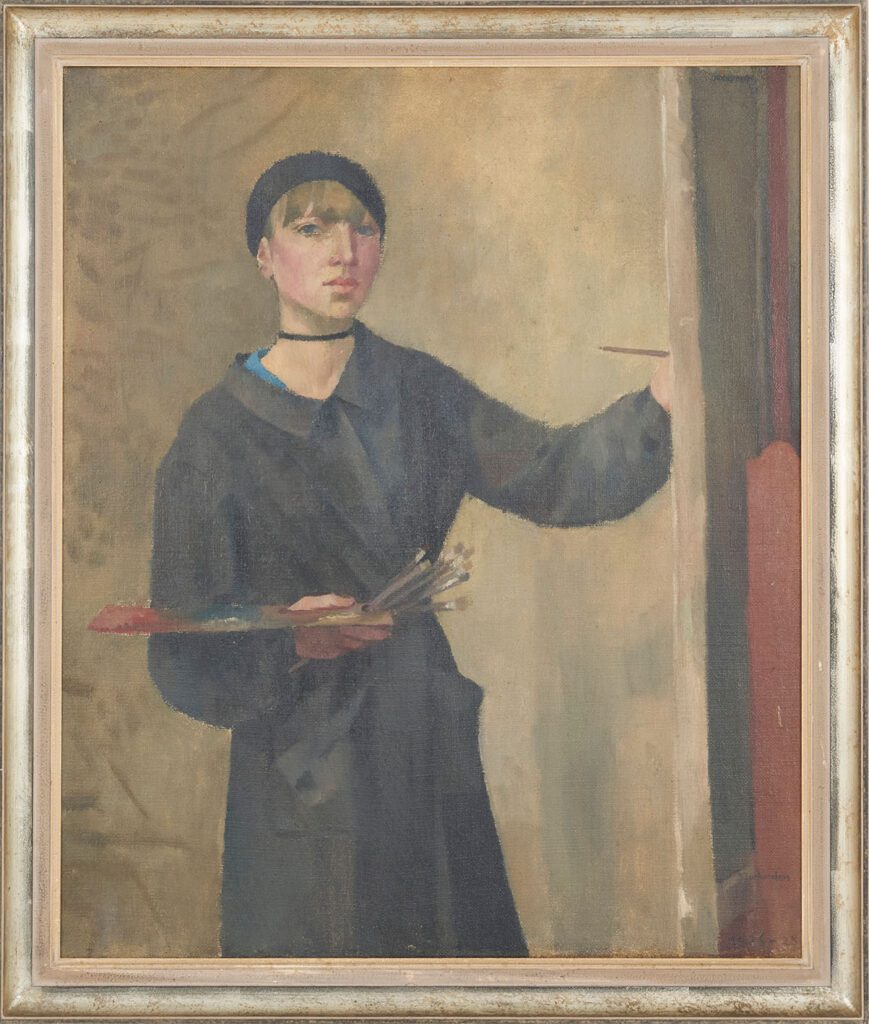
It has been four decades since Irène Zurkinden’s work was last presented in an institutional setting in Basel—most notably at the Kunstmuseum Basel and Schloss Ebenrain in the 1980s. This exhibition aims to reintroduce her to a new generation of viewers and shed fresh light on her remarkable artistic legacy: Spanning five decades of artistic production—from her early days in 1930s in Paris to the late works of the 1980s—the exhibition highlights Zurkinden’s bold experimentation, her fluid visual language, and the depth of her engagement with subjects ranging from the intimate to the political. While celebrated for her portraits and cityscapes the exhibition, above all, reveals lesser-known drawings, paintings, and sketchbooks, some displayed for the very first time.
Initially trained as a fashion illustrator in Basel, Zurkinden later emerged as an active figure in the Swiss and European art scenes. Splitting her time between Basel and Paris, she developed a visual language that fused Swiss precision with the elegance of fin de siècle Paris. Her body of work encompasses commissioned portraits that capture the spirit of her sitters, alongside deeply personal pieces reflecting her introspections, acute observations of urban life, and close relationships with her companions she portrayed.
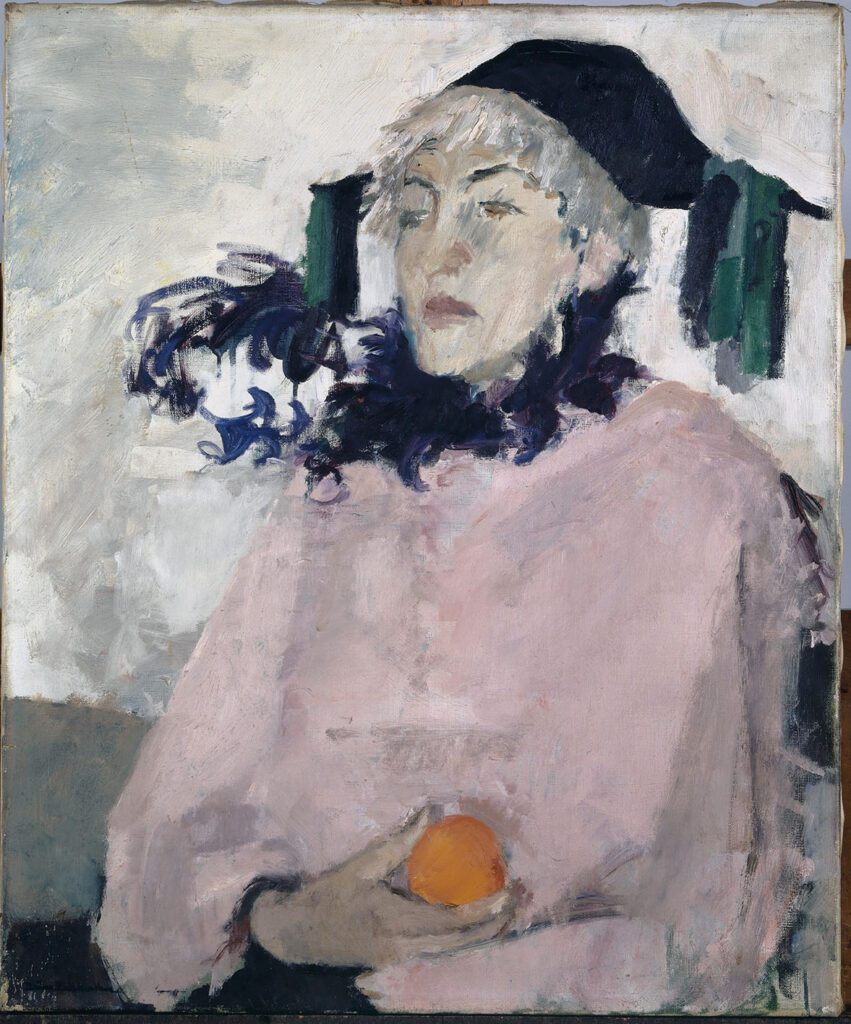
Organized across two rooms, the exhibition opens with an intimate insight into Zurkinden’s drawings. Her works on paper encompass countless individual drawings and more than 107 sketchbooks, which formed a vital part of her creative practice. Their sheer number testifies to her lifelong habit of recording her surroundings—both visually and in writing—often in a diary-like manner. In these pages, themes of identity and sexuality emerge alongside everyday observations. The interplay of image and text offers a direct, personal entry point into Zurkinden’s thinking and working process, forming a conceptual bridge to her paintings. The works on view reveal the range of her interests: from Surrealist influences and tender portraits of family members to evocative travel scenes, all distinguished by a keen observational eye and a remarkable sensitivity to detail. Among the highlights is a monumental, newly restored sketch for the tapestry Zurkinden designed for the Basel registry office —measuring approximately 150 x 300 cm—which is being shown publicly for the first time. Notably, Zurkinden reportedly preferred this preliminary version to the finished textile.
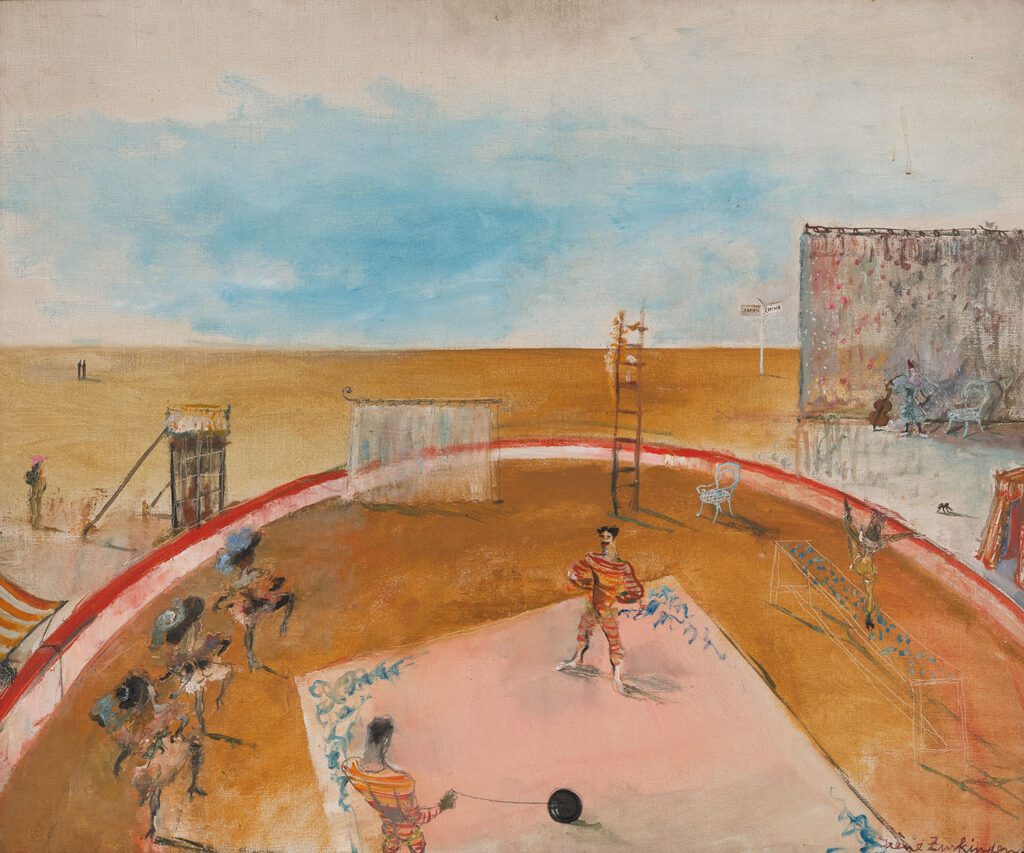
Zurkinden’s self-portraits, which she created consistently over several decades, form a recurring theme throughout the exhibition. With an unflinching, direct gaze, she placed her own experience at the center of her practice. These works radiate a striking intensity, offering a compelling and often vulnerable reflection of the artist herself. Her 1937 portrait while pregnant is a striking example—asserting her dual identity as both artist and mother, juggling multiple roles with clarity and pride. Elsewhere, her work moves fluidly between the playful and the grotesque, as seen in Cirque en plein-air (1937), and the quiet poetry of everyday objects, such as in the minimal yet powerful still life with eggs dating from 1985. Together, the works in the exhibition trace the arc of an artist who refused to be confined—by conventions, expectations, or categories. Throughout her life, Zurkinden maintained a sharp, attentive gaze, which she translated into drawings and paintings, using art as a way to make sense of the world and her place within it.
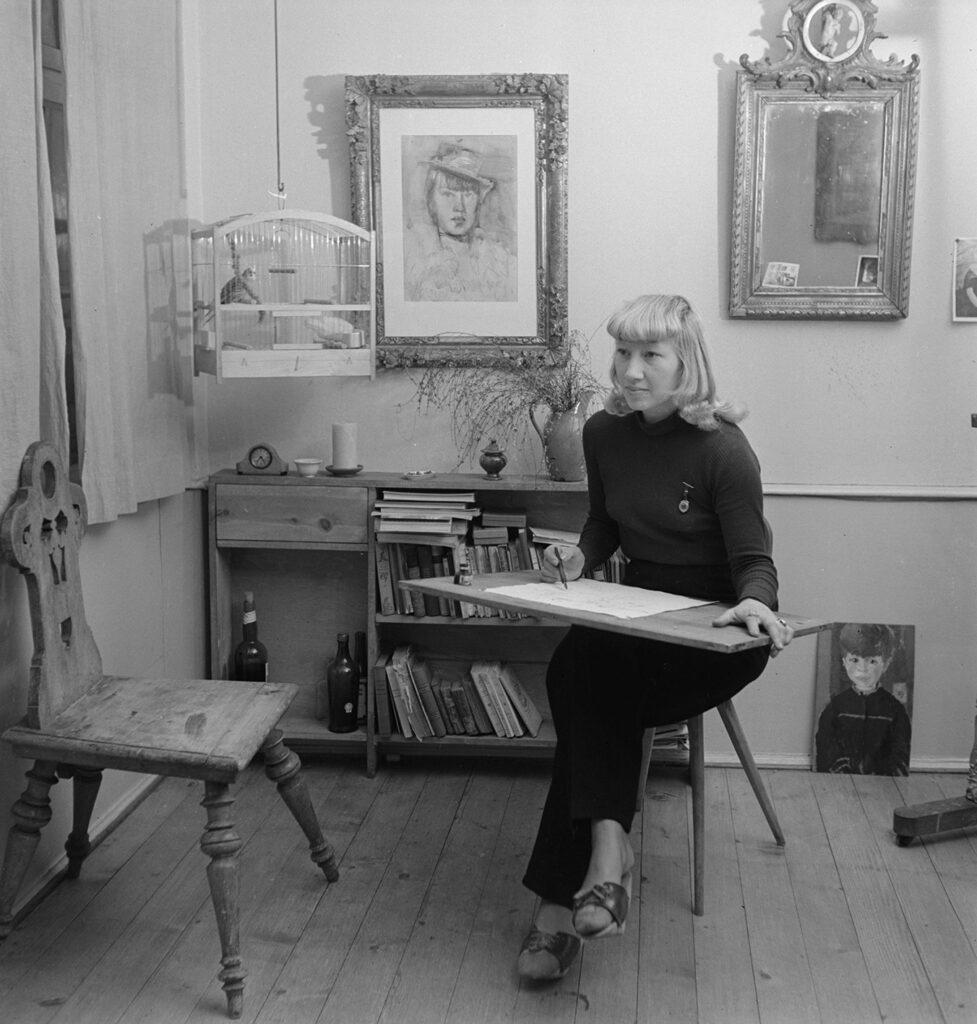
Irène Zurkinden: Love, Life not only illuminates the artist’s aesthetic journey but also delves into the enduring relevance of her work. The accompanying exhibition publication features reflections from contemporary artists including Tracey Emin, Valérie Favre, Sadaf H. Nava, Ariane Koch, Lenz Geerk, Sanya Kantarovsky, and Peter Suter—offering powerful dialogues across generations. Scholarly essays by Marie-Eve Celio-Scheurer, Quinn Latimer, and Florian Illies, along with contributions from curators Rebecca Eigen and Reto Thüring, provide fresh insight into Zurkinden’s artistic significance in today’s context.
In addition, a film based on a screenplay by Ariane Koch—adapted and directed by Garrick Lauterbach—offers a cinematic exploration of Zurkinden’s world through the eyes of her beloved cat Matou, adding yet another contemporary perspective. Although Zurkinden’s contributions have often been eclipsed by her more internationally recognized contemporaries, recent institutional interest, including acquisitions by Kunstmuseum Basel and exhibitions in Europe and the United States, has helped restore her place in modern art history.
This landmark exhibition invites visitors to rediscover Irène Zurkinden as a vital and visionary artist whose expressive works continue to resonate, provoke, and inspire.

Irène Zurkinden: Love, Life
13 June–7 September 2025 Kulturstiftung Basel H. Geiger | KBH.G Spitalstrasse 18, 4056 Basel, Switzerland
Open daily (except Tuesdays) from 11:00 AM to 6:00 PM Free admission and publication
Curated by Rebecca Eigen und Reto Thüring, with the assistance of Elsa Himmer

The aim of art is to represent not the outward appearance of things, but their inward significance. – Aristotle





